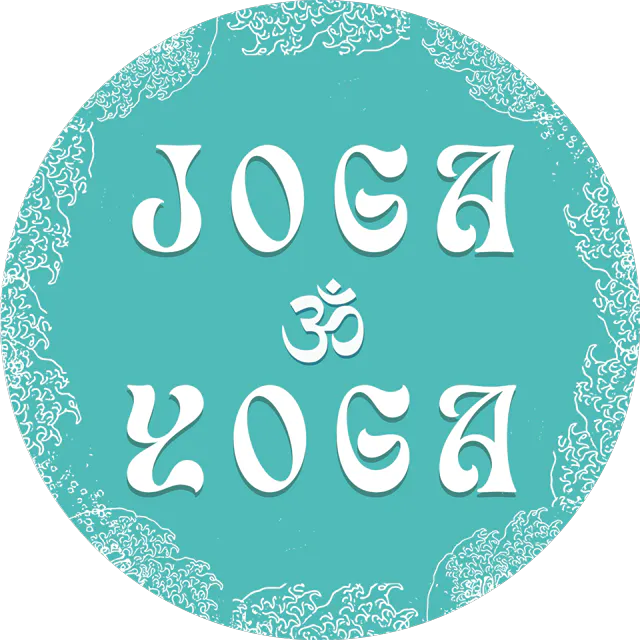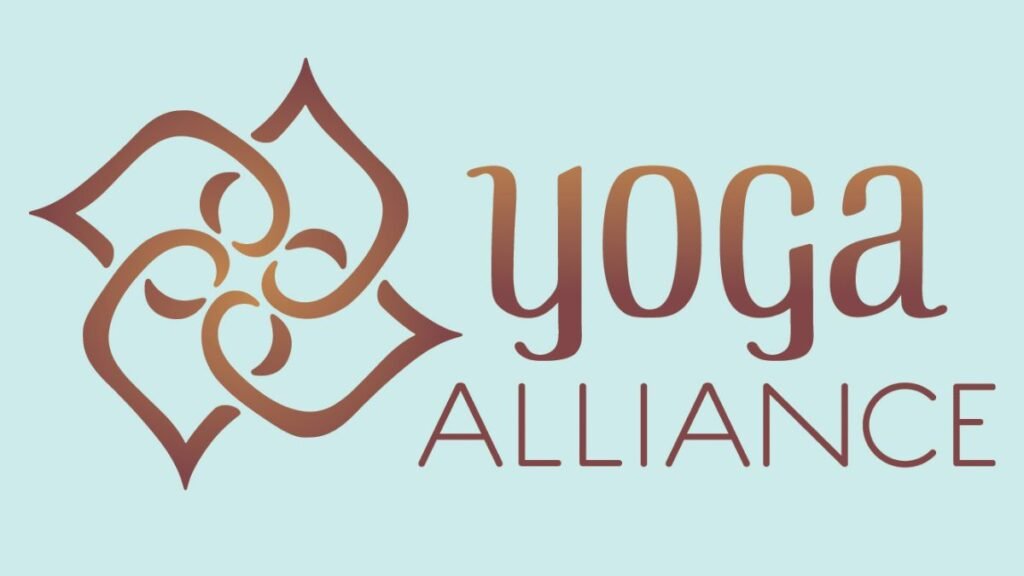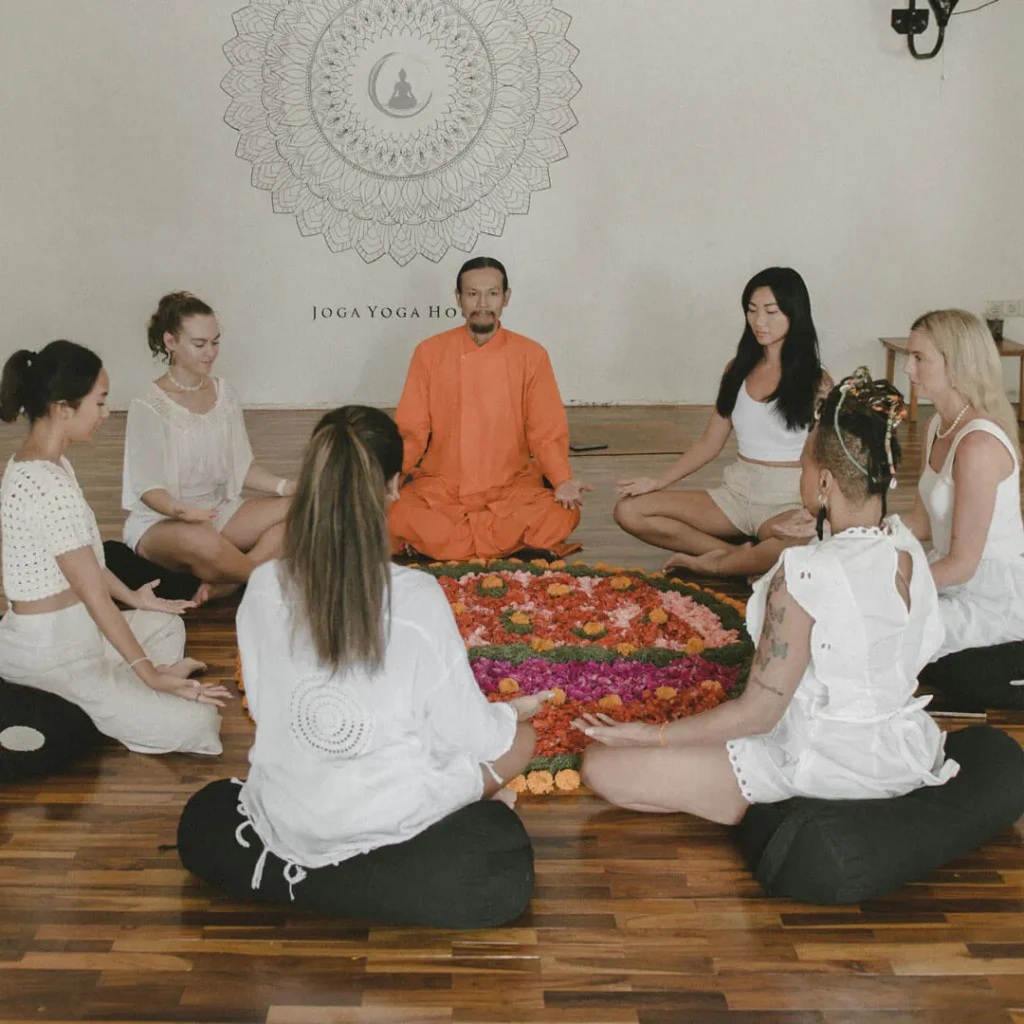Yoga helps adults over 60 stay mobile, steady, and independent. It supports the body and the mind, even for beginners. Research shows that yoga improves balance, flexibility, and mood while lowering pain and stress. With simple adjustments, seniors can practice safely at any age.
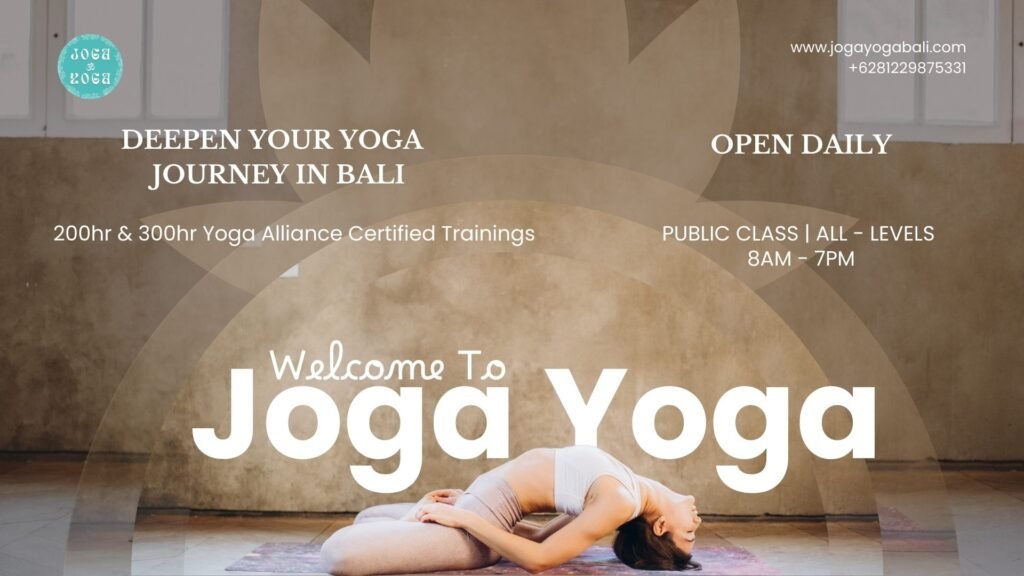
Is Yoga Safe for Seniors Over 60?
What Doctors and Research Say
Yoga is recommended for adults over 60 because it improves mobility, balance, strength, and emotional well-being.
Health experts agree that older adults need regular movement to stay independent. The CDC recommends 150 minutes of moderate activity each week, and yoga counts toward this goal since it includes strength and balance work.
Research also shows that yoga improves sleep, reduces stress, boosts strength, and supports overall quality of life in older adults. These benefits appear even in seniors who start with very limited mobility.
Is 60 or 70 Too Late To Start?
No. It is never too late to begin yoga. Many studies include adults between ages 65 and 85 and show safe gains in balance, mobility, and confidence.
AARP even teaches beginner yoga classes for people in their seventies, proving that seniors can start at any stage.
The key is simple. Choose slow classes, use props, and avoid fast or complicated transitions. With the right guidance, yoga becomes safe and enjoyable for almost every senior.
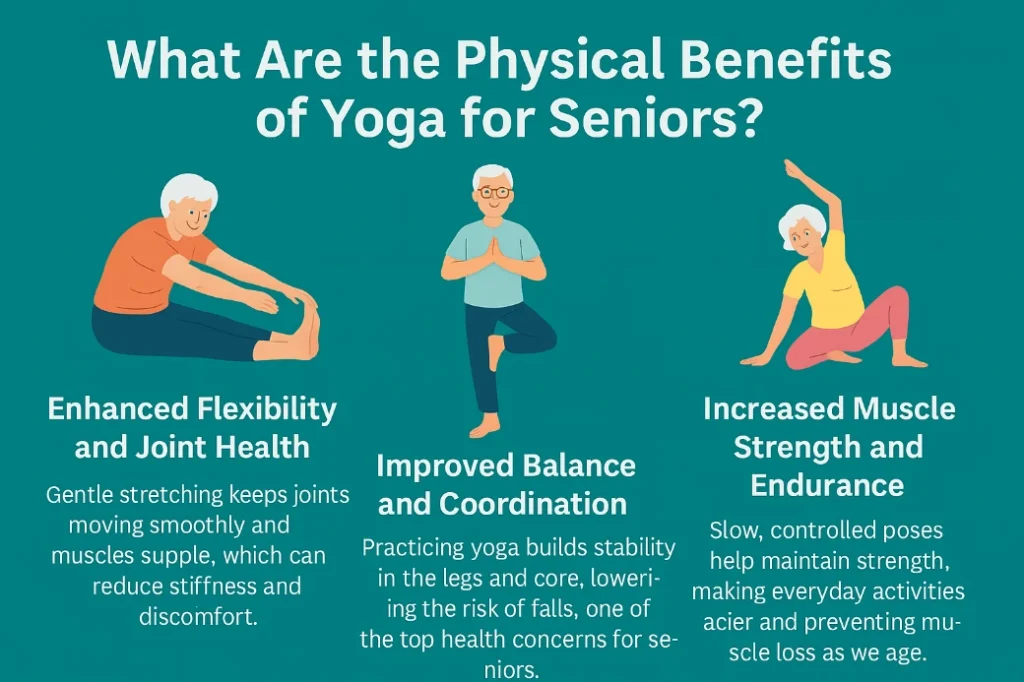
Why Yoga Helps Adults Over 60 Stay Active Longer
Balance and Fall Prevention
Yoga helps strengthen the legs, ankles, and core, which supports better balance. It also improves gait and stability, which can lower the risk of falls. These benefits matter for anyone who feels nervous walking on uneven ground or recovering from a past injury.
Joint Pain Relief and Arthritis Support
Gentle yoga helps reduce stiffness and pain linked to arthritis. Slow stretching improves joint comfort and circulation.
Chair yoga is especially helpful for seniors with limited mobility or chronic joint issues because it removes pressure from the knees and hips while still giving the body a full stretch.
Mood, Sleep, and Brain Health
Yoga is known to calm the nervous system and reduce stress. Studies show that regular practice improves sleep quality and lifts mood. Gentle breathing and simple movement also support mental clarity and healthy aging, helping seniors stay focused and positive throughout the day.
What Type of Yoga Is Best for Seniors Over 60?
Chair Yoga
Chair yoga is the safest starting point for seniors with balance issues, arthritis, hip pain, or knee problems. The chair supports the body so you can stretch, breathe, and move without fear of falling. It is gentle, easy to follow, and great for beginners.
Gentle Hatha
Gentle Hatha yoga moves slowly and focuses on simple poses. Seniors can take their time, build strength, and learn safe alignment. It is ideal for anyone brand new to yoga or returning after a long break.
Restorative Yoga
Restorative yoga uses blankets, pillows, and bolsters to help the body rest completely. It reduces stress, supports recovery, and calms the nervous system. This style is perfect for relaxation and better sleep.
Iyengar Yoga
Iyengar yoga uses props like blocks, straps, and chairs to help you stay steady and aligned. This makes it safe for seniors with joint problems, posture concerns, or limited flexibility. It is gentle but still effective for building strength.
Yoga Styles to Approach With Care
Some yoga styles are not ideal for seniors unless modified.
- Hot yoga
- Strong Vinyasa
- Fast flow classes
These classes can raise your heart rate too quickly and may cause heat stress, blood pressure spikes, or balance issues. Seniors should try gentler classes first and always listen to their bodies.
How Often Should Seniors Over 60 Do Yoga?
Most seniors do well with three to five yoga sessions each week, with each session lasting 15 to 30 minutes. This gives enough practice time to improve balance, strength, and mobility without feeling overwhelmed.
Yoga can also help you meet the CDC weekly movement goal of 150 minutes of moderate activity, especially when you combine stretching, strength, and balance work in your routine.
Sample weekly plans:
- Beginner: Three sessions per week
- Moderate: Five sessions per week with a mix of chair and gentle standing work
- Gentle daily routine: Ten to fifteen minutes every day
The goal is consistency, not intensity.
Safe Yoga Sequence for Adults Over 60
Key Rules for Senior-Friendly Sequencing
These guidelines come from yoga teachers who work with senior groups:
- Avoid more than one transition from standing to the floor.
- Skip poses that strain the knees or hips.
- Use chairs and walls to support balance and reduce fall risk.
Slow and steady movement is always best.
Standing Poses With Support
- Supported Mountain
- Tree Pose using a chair
- Warrior 2 with a chair or wall
- Side bends while holding a chair
These poses build strength and balance without adding risk.
Chair or Seated Poses
- Seated Cat Cow
- Seated Forward Fold with a strap
- Seated Twist
- Simple ankle and wrist mobility exercises
These movements increase circulation and improve joint comfort.
Floor Poses (If Accessible Safely)
Only include these if the senior can get down to the floor comfortably and stand up again with support.
- Supine Figure 4 instead of Pigeon
- Gentle Bridge Pose
- Legs Up the Wall
- Reclined Twist
These poses help with flexibility, relaxation, and lower back comfort.
Yoga for Common Senior Needs
For Arthritis
Yoga can help ease joint pain, but it must be gentle and controlled.
- Avoid deep knee bends and fast flows that strain the joints.
- Use chairs, blocks, and straps for extra support.
- Start with warm up movements like small joint circles for the wrists, ankles, hips, and shoulders.
These slow motions increase circulation and make the joints feel more comfortable.
For Osteoporosis
Seniors with osteoporosis need safe movements that protect the spine.
- Avoid deep forward folds and strong rounding of the back.
- Focus on keeping the spine long and lifted during every pose.
- Use props or a wall to stay steady and aligned.
This protects bone health and reduces the risk of strain.
For Balance Problems
If balance is a concern, safety comes first.
- Keep a chair behind you at all times.
- Stand near a wall for support.
- Do one leg poses only with strong support.
This builds confidence and lowers the chance of falling.
Safety Checklist for Yoga Over 60
Yoga is safe for most seniors when practiced with care. Follow these rules:
- Check with a doctor if you have heart disease, uncontrolled blood pressure, dizziness, or recent surgery.
- Stop any movement that causes sharp pain.
- Avoid long holds if breathing becomes shaky or strained.
- Never force your body into a shape.
- Move slowly during all transitions.
These tips help seniors stay safe, comfortable, and confident during practice.
How Fast Will Seniors See Results?
Yoga does not need years to work. Many seniors feel better quickly when they practice often.
- Flexibility: noticeable changes in 2 to 4 weeks
- Mood and sleep: often improve within 1 to 2 weeks
- Balance and strength: clear results in 8 to 12 weeks
Research shows that yoga programs help older adults improve daily movement and overall quality of life. This makes yoga one of the most effective low impact exercises for aging well.
Weekly Yoga Plan for Seniors Over 60
Here is a simple weekly plan that builds strength, flexibility, and calm without stress.
Monday: Chair yoga for 20 minutes
Wednesday: Gentle Hatha for 25 minutes
Friday: Restorative yoga for 20 minutes
Sunday: Light stretching and mindful breathing
This routine gives the body steady movement and enough recovery so seniors can practice safely and enjoy real progress.
Final Thoughts: Yoga Helps You Age With Strength and Confidence
Yoga is one of the safest and most effective ways for seniors to stay strong and flexible. With gentle movement, deep breathing, and steady progress, it helps you feel balanced in both body and mind.
Start slow, listen to your body, and focus on consistency rather than perfection. With practice, yoga can help you move with confidence, ease pain, and stay active as you age.
Discover the best yoga styles and tips for seniors over 60. Learn how gentle practice builds strength, reduces joint pain, and supports healthy aging.

FAQs: Yoga for Seniors Over 60
What yoga is best for seniors over 60?
Gentle styles like Hatha, Restorative, and Chair Yoga are best for seniors. These styles focus on balance, breathing, and slow movements that protect your joints while improving strength.
Is 70 too old to start yoga?
No, 70 is not too old to start yoga. Yoga can be adapted to your fitness level, and many seniors begin in their 70s or even 80s. It’s about moving safely and improving flexibility over time.
How many times a week should a 60 year old do yoga?
Aim for 2 to 3 times a week to start. This gives your body time to rest and adjust while still seeing improvements in balance, strength, and flexibility.
Can yoga help with arthritis and joint pain?
Yes. Yoga helps reduce stiffness, increase blood flow, and strengthen the muscles that support your joints. Many people with arthritis find gentle yoga helps ease daily pain and improve movement.
Do seniors need special equipment to start yoga?
You only need a yoga mat, a strap, and sometimes blocks or a chair for support. These tools help make poses safer and more comfortable for your body.
Who should avoid certain yoga poses?
Anyone with balance issues, recent surgeries, or severe joint pain should avoid standing or twisting poses without guidance. Always check with your doctor before starting a new yoga routine.
